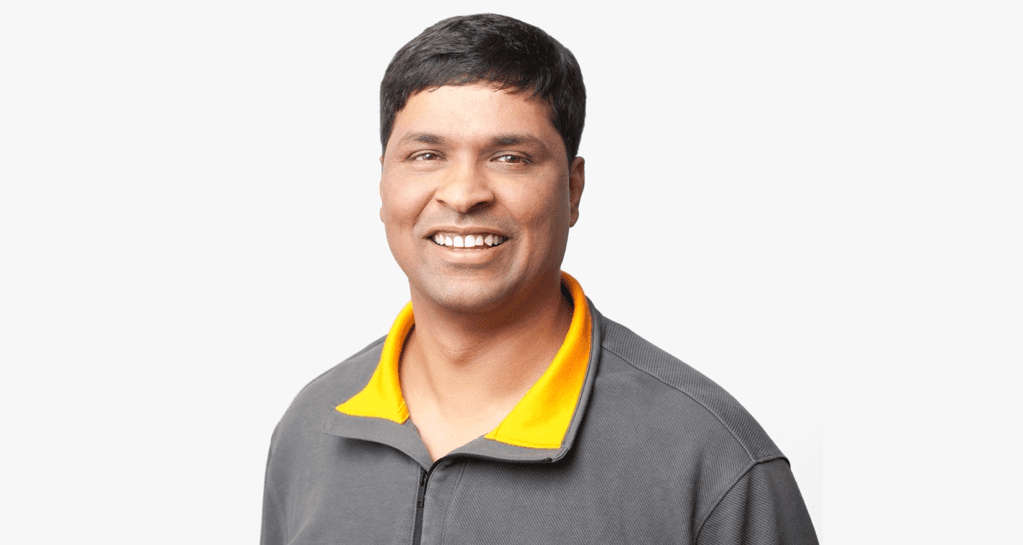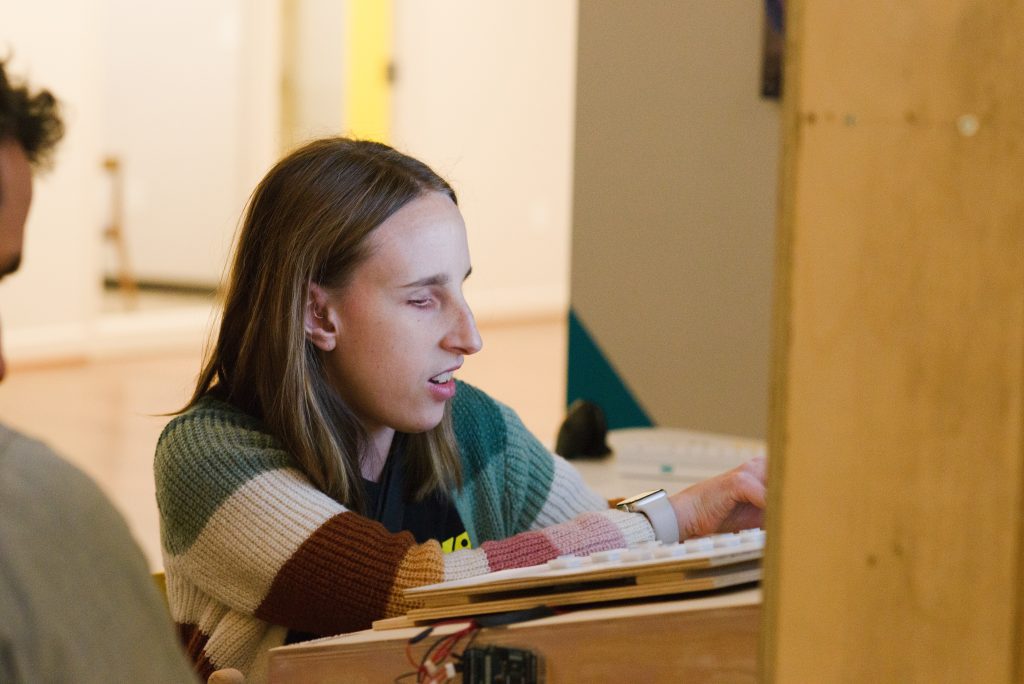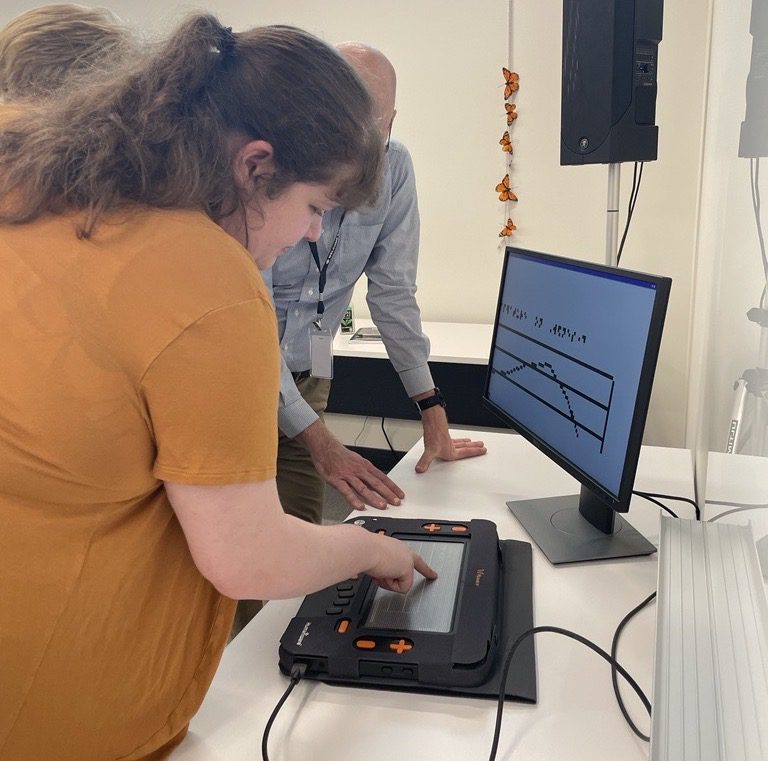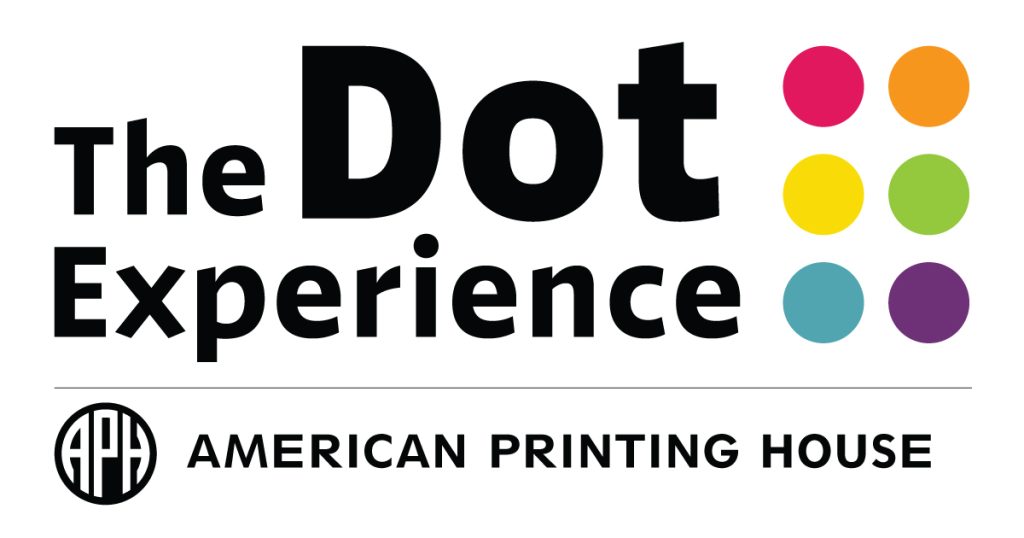Celebrating Accessibility: An Interview with Kiran Kaja

Accessibility is at the core of APH’s mission, and we celebrate individuals who work to create an accessible world for everyone. One of these individuals is Kiran Kaja, the Principal Product Manager on the Shopping and Books accessibility team at Amazon, who spoke to us about his childhood, career journey, and gave advice for those aspiring to work in accessibility.
Growing Up in India
Kiran has retinitis pigmentosa, a congenital eye condition that caused his vision to deteriorate over time. Today, he has only light perception. Kiran was born in Hyderabad, India. “I didn’t start school until I was seven years old because my parents struggled to find an appropriate institution that would admit blind students,” Kiran said.
In the meantime, his mother learned braille and taught him how to read and write. Later, a group of parents of children who are blind founded a nonprofit organization that convinced a private school to enroll their children. One parent volunteered to be a resource teacher to assist the students. “However, we faced numerous challenges; we only had one Perkins Brailler for all 15 students, and no textbooks were available in braille or other accessible formats,” Kiran recalled. “Instead, we had to use a slate and stylus to take notes in class, with the resource teacher brailling a single copy of important sections from textbooks that 2-3 children had to share. My father also recorded some textbooks onto cassette tapes for me to listen to.” Kiran also never received orientation and mobility training.
College and Beyond
After high school, Kiran earned a bachelor’s degree in Business Administration from Pondicherry University in India. “Initially, I aspired to become a history teacher until I stumbled upon a discovery during my summer break before starting college: blind individuals could utilize screen reading software to operate computers. This revelation piqued my interest in exploring a whole new realm of career opportunities. While I was unable to switch my major to computer science, I persevered and instead switched to business administration while teaching myself how to program software with online resources,” Kiran said.
After college, Kiran moved to the United Kingdom to work for the Royal National Institute of Blind People (RNIB) to advocate for accessible technology. Following that position, Kiran took a job at Google in California, where he helped establish and expand the accessibility program for Google Search and Assistant and led the accessibility program for Instagram. “At these organizations, I had the opportunity to work with and learn from some incredibly talented and innovative individuals,” Kiran explained. “I realized that focusing on delighting customers is the key for success for the organization as well as my personal growth. I learned to be inquisitive, ask the right set of questions, and that there is always something to learn from every person I meet with and every project I am involved in.”
Today, Kiran works at Amazon as a Principal Product Manager on the Shopping and Books accessibility team. He helps teams build experiences that are accessible to and usable by customers with disabilities. His role involves understanding the needs of customers with disabilities and translating them into requirements for technical teams.
Breaking Down Barriers
Kiran has faced many barriers throughout his career due to internal tools and applications being inaccessible. When asked how he breaks down these barriers, he said, “I have found that providing constructive feedback to the relevant teams can often lead to improvements or effective workarounds. However, I have also encountered situations where my disability, specifically blindness, is not fully understood by my colleagues. In such cases, I take the initiative to start a conversation and address any concerns or questions. I believe that raising awareness about disabilities is an important step towards creating an inclusive work environment. While limitations such as difficulty in interpreting body language and visual cues can be challenging, I make sure to prepare thoroughly and focus on effective communication, especially ahead of important meetings.”
Lessons Learned
Kiran highlighted why it’s important for businesses to consider accessibility when creating a product or service: “Over 15% of the world’s population have some form of a disability, and this number is constantly growing. Making products and services accessible is not only the right thing to do but also a wise business decision.” However, he also warns that one needs patience and perseverance to be a part of his career field. “The pace of progress may seem slow at times, which can be discouraging. However, I have come to realize that if you remain committed to enhancing the user experience for individuals with disabilities, success will follow.”
Career Advice
Kiran advises individuals to pursue their passion. If you want to eliminate technology barriers for individuals with disabilities, learn about those barriers. “Engage in assistive technology as much as possible and gain insights into the intricacies of accessibility standards and guidelines,” said Kiran. “Challenge the existing norms and adopt a creative mindset to explore unconventional solutions to long-standing accessibility problems. Above all, it is critical to validate your ideas and solutions with users who have disabilities.”
Visit aph.org/shop to find products that break down barriers to student education.
Share this article.
Related articles

Celebrating Global Accessibility Awareness Day with APH’s Danielle Burton
Celebrated annually on the third Thursday of May, Global Accessibility Awareness Day (GAAD) recognizes digital access and inclusion for those...

Making Math More Accessible: Monarch’s Braille Editor and Graphing Calculator
Math is not the most accessible subject for students who are blind or have low vision. Adaptations to activities and...

Introduction to The Dot Experience
APH’s vision since 1858 is an accessible world, with opportunity for everyone. APH empowers people who are blind or low...
